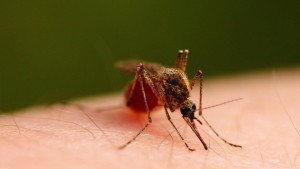Zika Virus is a flavivirus, its transmission is mainly through principal vectors like mosquitos (Aedes Mosquitos). It is very closely related to the pathogens like Dengue virus, Yellow fever virus, West Nile virus which affects the human and animal health. Zika virus is first restricted to African countries, now its transmission is reported in almost 52 countries, mainly in America, also in Africa and Southeast Asia. Here we want to explain an updated review addressing about the possible association between Zika virus and development of Neurological Disorders.
Zika Virus constitutes a positive polarity RNA molecule of about 11kb in length, with two untranslated regions flanking an open reading frame coding for a polyprotein of about 3420 amino acids. Although Zika Virus is isolated from the Anopheles, Culex, and Mansonia species it is transmitted and global expansion is associated with Aedes species mainly Aedes aegypti and Aedes albopictus. Nonhuman primates like monkeys act as reservoir hosts for the Zika virus. Even though mosquito transmission is the main cause of Zika virus, other routes of transmissions like breastfeeding, perinatal, sexual or blood transfusion.
Zika Virus Infection – An Overview:
Clinical features of the Zika virus infections are symptomatic only in 18% of the cases with a mild illness with an incubation period of 10 days. General signs and symptoms include fever, myalgia, arthralgia, and conjunctivitis. However, in most of the flaviviral infections, there is no specific antiviral treatment and vaccines available for Zika Virus infection. Zika virus infection is mainly spread by mosquitos and person to person contact is mostly reported. We can reduce this transmission by removing the source of standing water, avoiding mosquito exposure, and by implementing mosquito control program etc, besides these control approaches development of Zika virus vaccines, antiviral drugs are current challenges for Zika disease.

